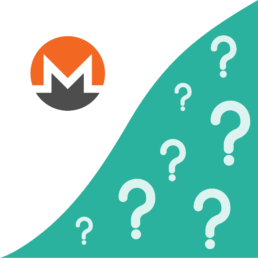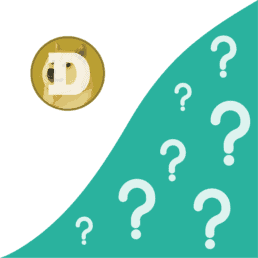What is Solana?
Solana was founded in 2017 by Anatoly Yakovenko, a former engineer at Qualcomm. His vision was to create a new algorithm that could help solve some of the problems, like scalability and high transaction fees, faced by Proof of Stake and Proof of Work blockchains. From this vision, the Proof of History (PoH) algorithm was developed. PoH increases scalability and transaction speeds without compromising on security.
This open-source, decentralised blockchain was created to enable a network that would support the development of decentralised applications (dApps). It is also one of the few blockchains not requiring off-chains or secondary levels to power its vast range of applications.
SOL is the native token on Solana’s blockchain, its primary use is to pay and stake transaction fees. This token was designed to be inflationary, with the total supply being decreased annually by 1.5%.
Proof of History
Proof of History allows the decentralised blockchain to work securely and fast. It differs from PoW and PoS because it gives each event and transaction a hash number and count, effectively time stamping them. This allows you to determine which event happened in what order. Each node on the network is given a cryptographic clock that helps confirm the time and order of each event without having to wait for other nodes to verify it. This algorithm helps improve the speed of the transactions while keeping them secure.
Fast and cheap
Solana boasts one of the fastest transaction speeds of 65,000 transactions per second with an estimated block time of one block per 400 milliseconds. Additionally, Solana offers very low transaction fees, which are on average 0.000005 SOL. This is all achieved through their PoH algorithm.
Centralisation
There is one drawback that Solana is facing, which is due to its impressive speed. This drawback is that the nodes require high computational power, which is expensive to build, operate and maintain. This has resulted in a small number of validators, which in turn can enable a more centralised system.
Learn more about cryptocurrency
What is Bitcoin?
What is crypto
What is Ethereum?
What is crypto
What is Cryptocurrency?
What is crypto
What is a Blockchain?
What is crypto
What is Money?
What is crypto
What is DeFi?
What is crypto
What is Chainlink?
What is crypto
What is a Whitepaper?
What is crypto
What is an ERC-20 Token?
What is crypto
What is Proof of Stake?
What is crypto
What is Proof of Work?
What is crypto
What is Stellar?
What is crypto
What is Tezos?
What is crypto
What is a Stablecoin?
What is crypto
What is Litecoin?
What is crypto
What is Cardano?
What is crypto
What is NEO?
What is crypto
What is Monero?
What is crypto
What is Bitcoin Cash?
What is crypto
What is Polkadot?
What is crypto
What is Basic Attention Token?
What is crypto
What is Binance Coin?
What is crypto
What is Dogecoin?
What is crypto
What is a Bitcoin ETF?
What is crypto
What is a NFT?
What is crypto
Sign up to our newsletter
What is cryptocurrency?
Where to buy cryptocurrency?
How to buy cryptocurrency?
Manage cryptocurrency
Disclaimer
Our publications do not offer investment advice and nothing in them should be construed as investment advice. Our publications provide information and education for investors who can make their investment decisions without advice. The information contained in our publications is not, and should not be read as, an offer or recommendation to buy or sell or a solicitation of an offer or recommendation to buy or sell any cryptocurrency. Prices of cryptocurrency may go down as well as up and you may not get back the original amount invested. You should not buy cryptocurrency with money you cannot afford to lose. To see our full disclaimer click here.

























